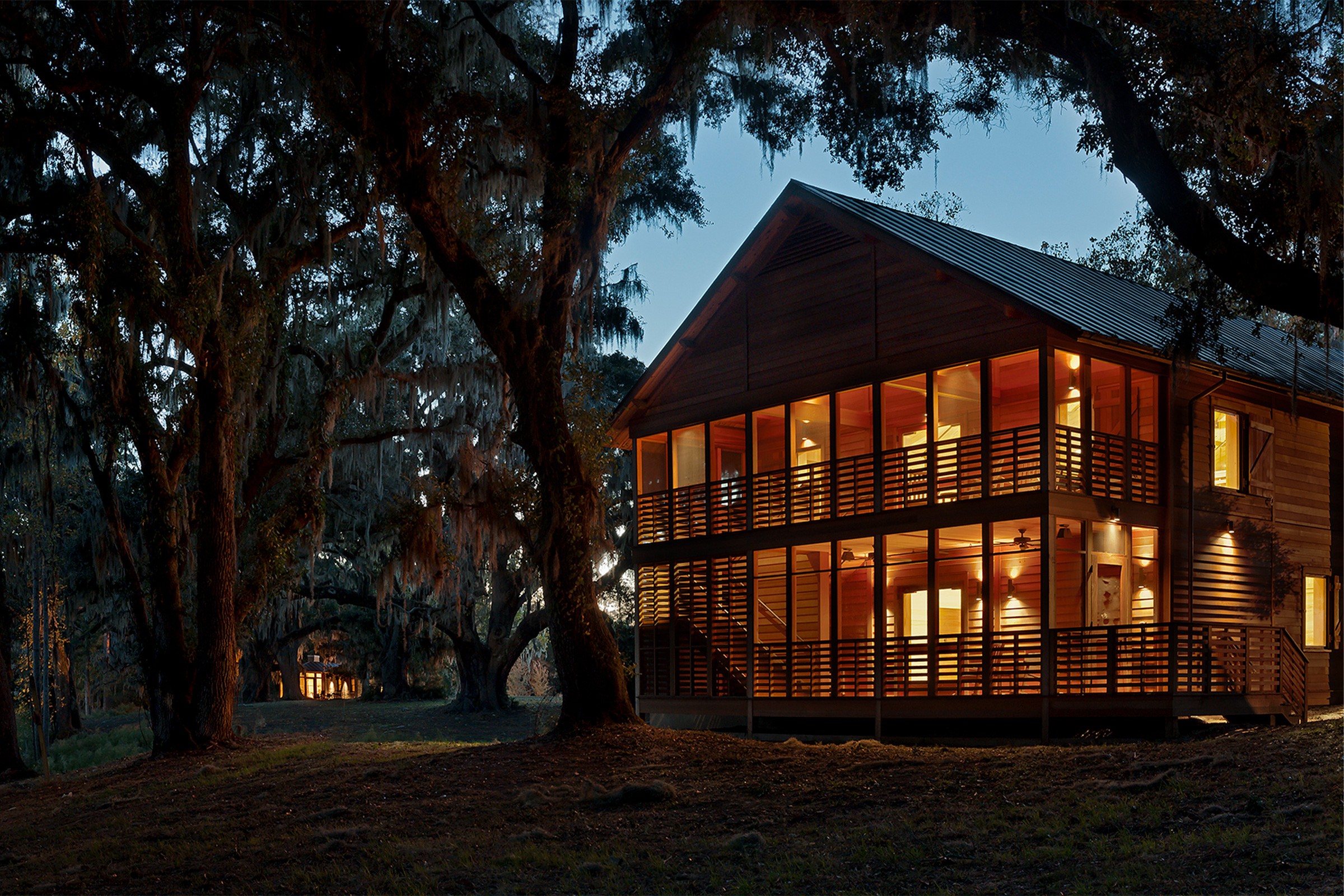This site uses cookies – More Information.
Stono Preserve Master Plan
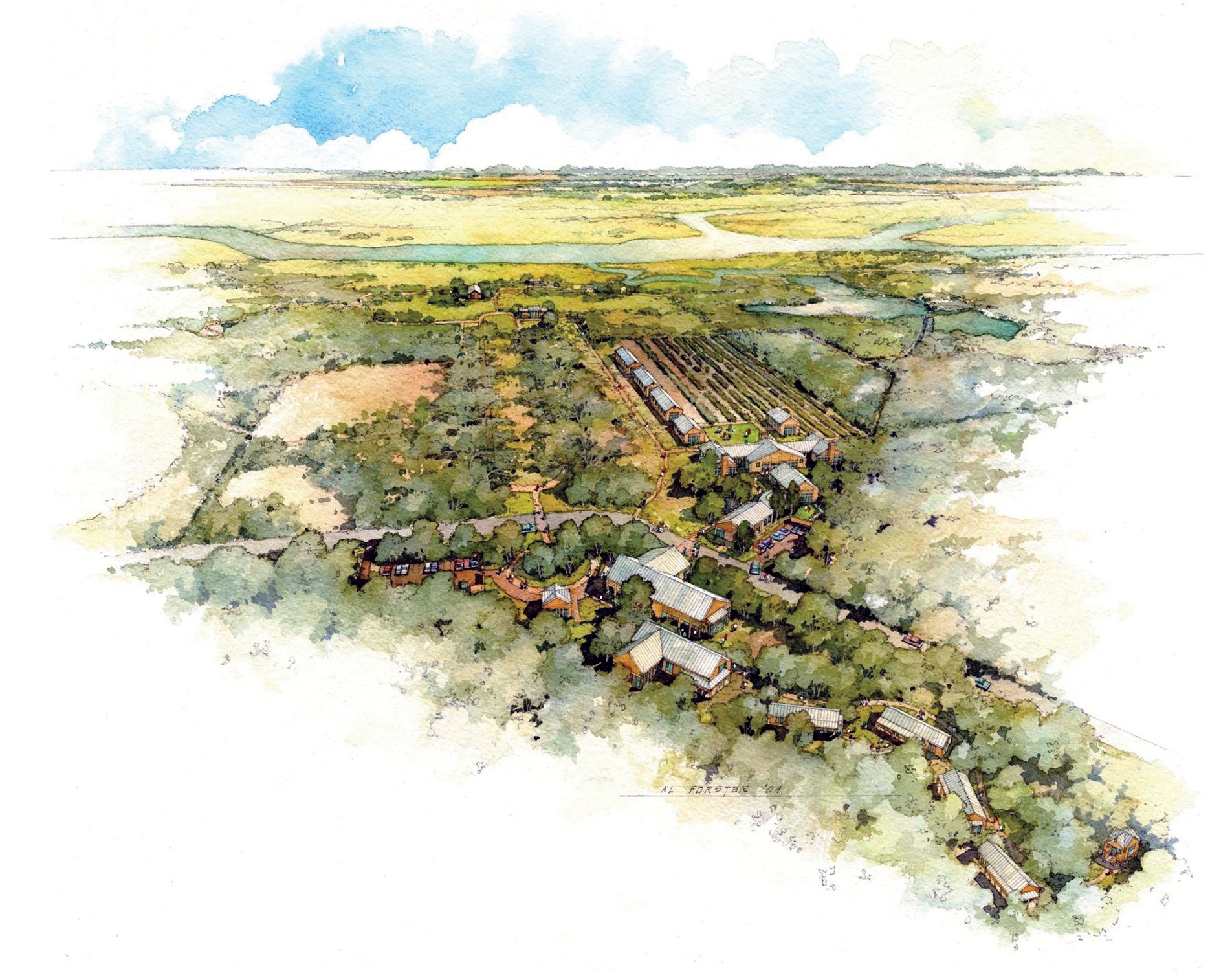
In 1995, naturalist John Henry Dick bequeathed the historic Stono Preserve property to the College of Charleston Foundation. Before his death, Dick placed a conservation easement on the property with the Lowcountry Open Land Trust to protect its pristine 881 acres from future development. Ayers Saint Gross developed a comprehensive master plan to guide the restoration of the natural setting to create a conservationist’s classroom for the college. The master plan creates a living laboratory for students of multiple disciplines — from marine biology to forest management to historic preservation.
The plan honors the diverse ecology of the site. It preserves landscapes and vernacular structures and recommends educational and visitor facilities of minimal footprints on designated buildable sites. Trails follow guidelines for accessibility without compromising the existing terrain and habitats for migratory birds and other wildlife, using existing roads, the live oak allée, and a meandering connector path.
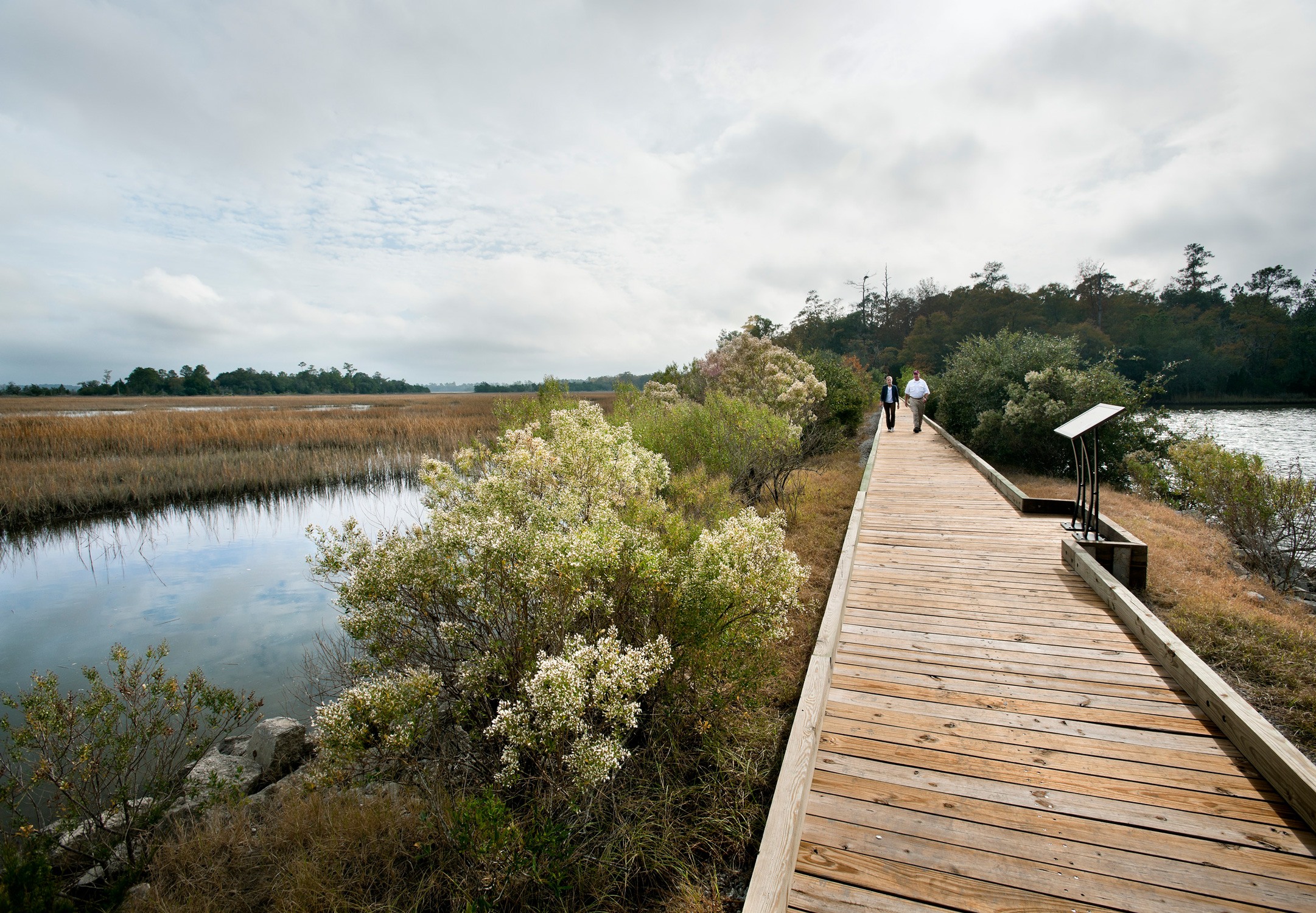

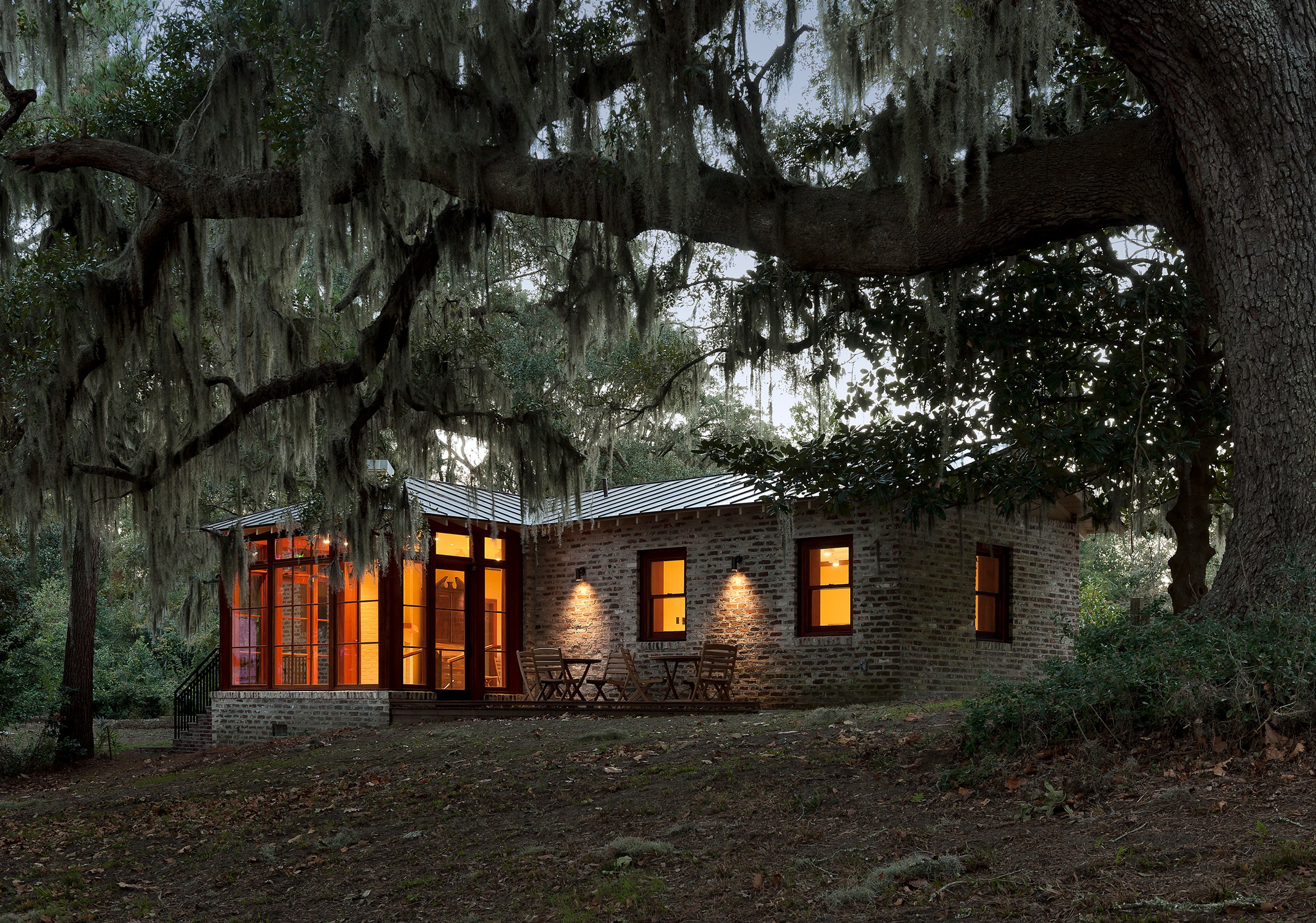
The team championed the concept of the site as an environmental laboratory, developed the master plan, and implemented the nature trail, its interpretative signage system, a meeting barn, and renovated John Henry Dick studio.


Interpretive signage at key vistas teach students and visitors about natural and historic features, including archaeological sites and native Lowcountry habitats. With lightness and simplicity, the signs balance information with quiet, site-appropriate design.
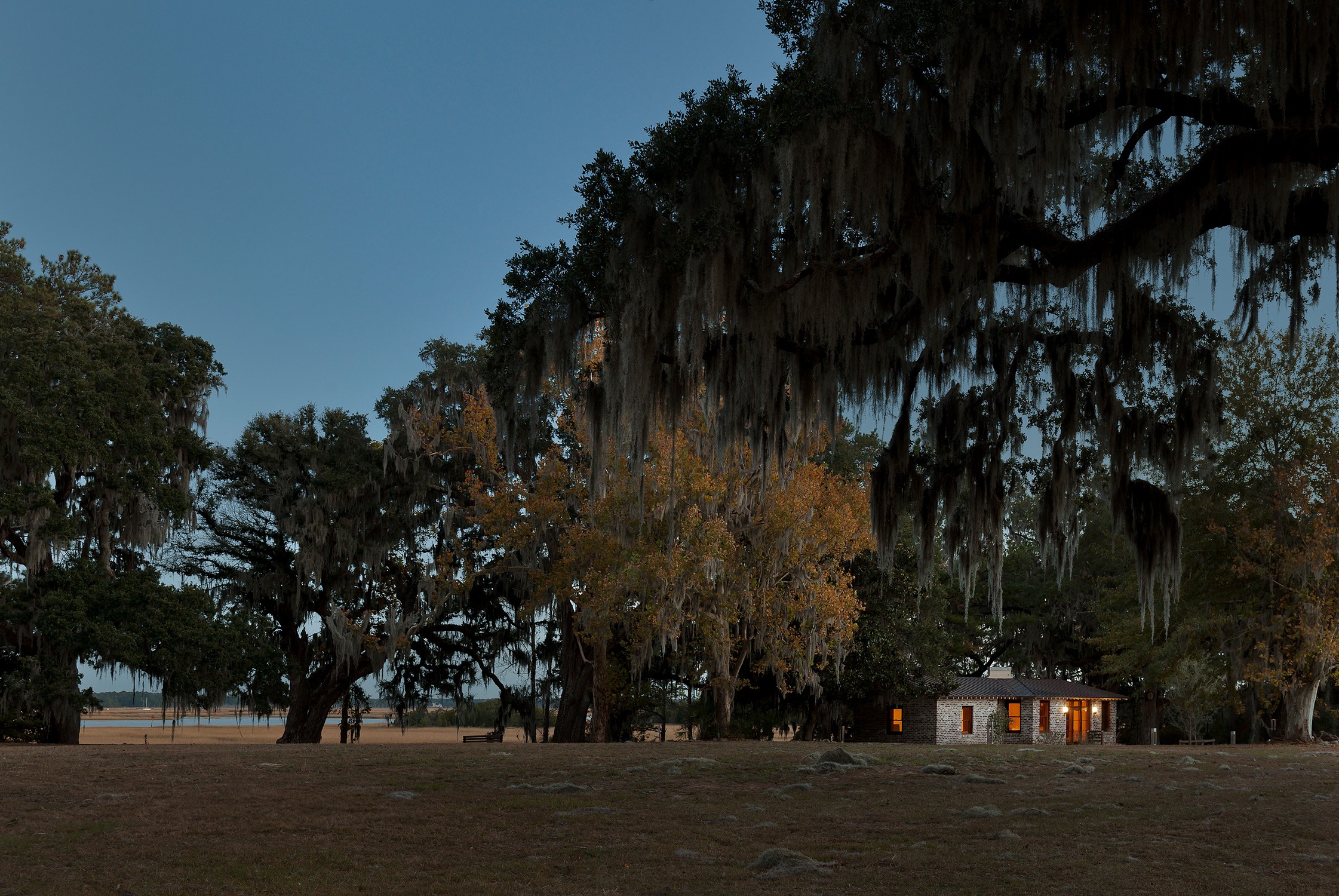
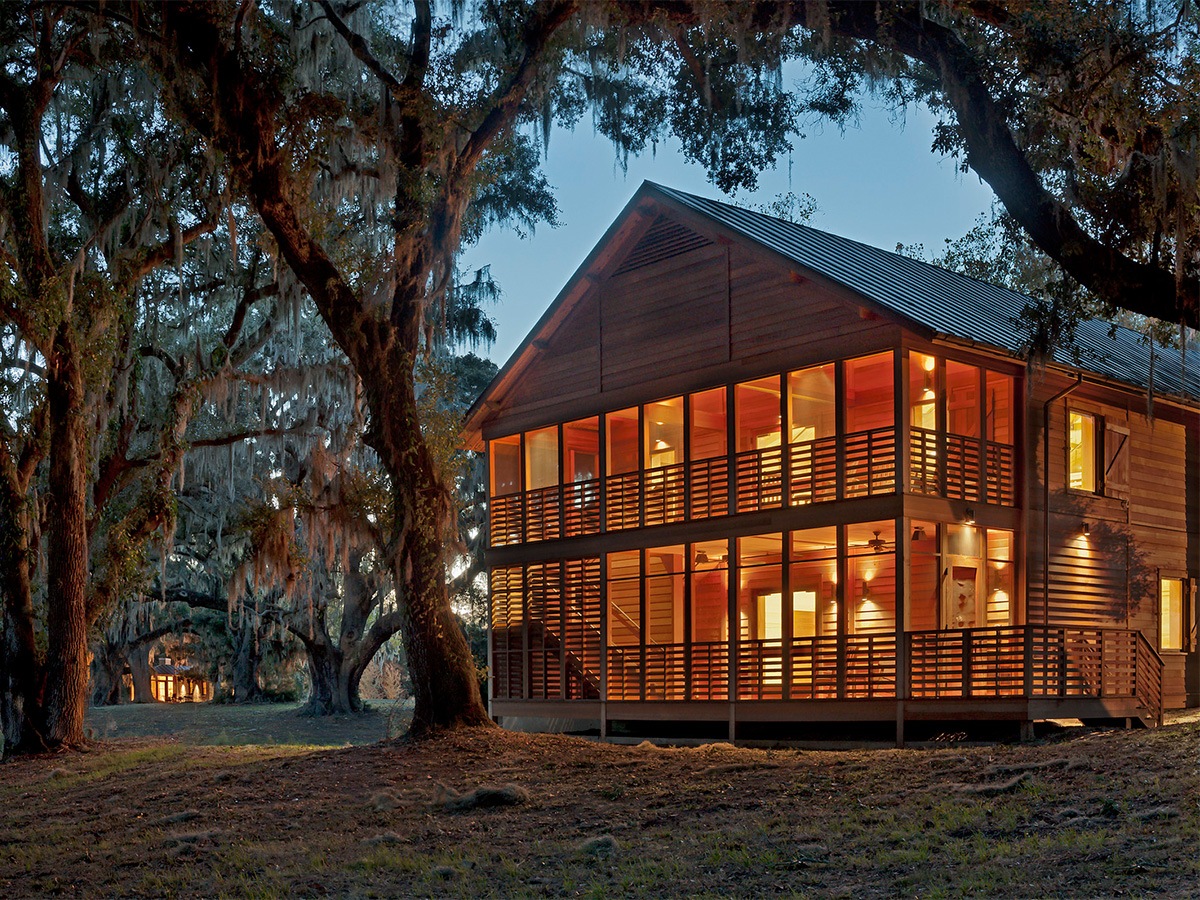
Stono Preserve provides the College of Charleston’s urban campus with access to a natural Lowcountry waterfront setting for research and experiential learning. The plan serves as a model for a purposeful and sustainable satellite campus, upholding the institutional mission in times of shrinking resources and space on core campuses.
